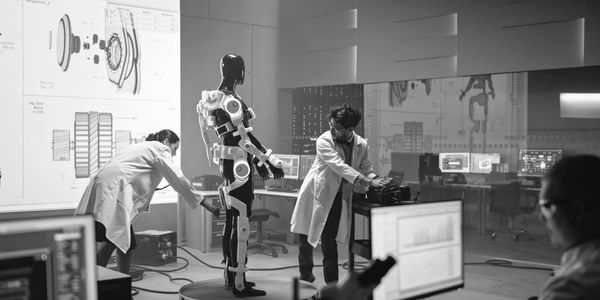Systems Engineering a Novel Medical Device

Founders Frequently Ask
- How do we optimize design costs, speed, and resource allocation as an early-stage startup with a limited runway?
- How much data do we need — not just for clearance or approval, but also for reimbursement and market success?

Major Challenges
Through our work with medical device startups, we consistently see two major challenges:
1. Startups struggling to demonstrate safety and effectiveness, hindering regulatory clearance/approval.
2. Startups with a cleared or approved device that cannot secure reimbursement or drive sales.
At Eliomedica, we leverage systems engineering to accelerate medical device development, minimize costly design errors, and ensure a smooth path to market. Our approach balances rigor — for safety, reliability, and compliance — with flexibility, allowing for evolving requirements and innovation.

Our Phased Approach
Concept Exploration: Identify the needs of key stakeholders, including healthcare providers, patients, regulatory bodies, reimbursement organizations, and investors, and define potential solutions that satisfy those needs. Validate these needs early to ensure that the solution provides the expected benefits for the stakeholders.
Feasibility Assessment: Develop a high-level system architecture to support the proposed solution and build proof-of-concept models to validate feasibility and refine technical direction.
Development: Define what the prototype needs to achieve across key areas — clinical, regulatory, and manufacturing — while developing a finalized architecture that integrates software and hardware components. Develop clinical units. Identify and mitigate technical and safety risks, optimizing development through strategic outsourcing and leveraging off-the-shelf components when possible.
Verification & Validation: Build and implement a data collection strategy — from preclinical testing to clinical trials — to demonstrate safety, effectiveness, and support reimbursement.
Production & Operation: Transition the validated design to manufacturing. Develop relationships with suppliers and contract manufacturers to produce the components, assemble the device, and sustaining strategies. Implement post-market surveillance to actively track, analyze and interpret events in the field.